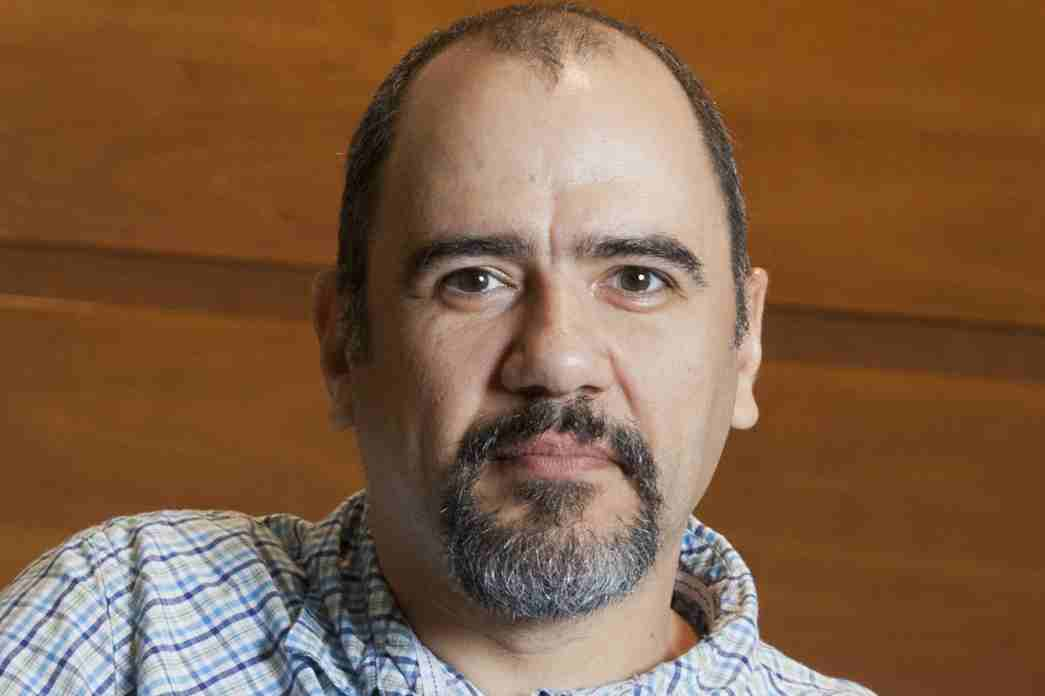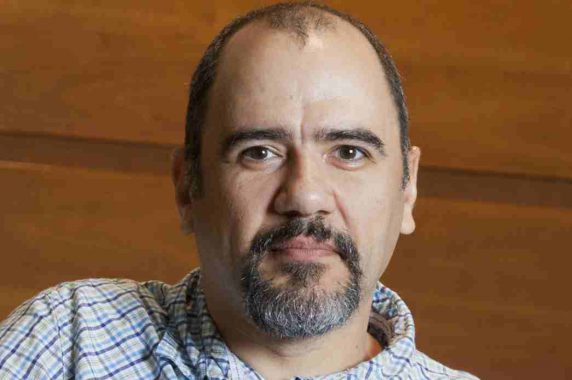
It’s easy to constantly criticise and pick holes in government and quango announcements with regards to health policy.
Headline-grabbing sound bites so often have massive gaping holes in the concepts and implementations that one could compare it to shooting fish in a barrel. Even if one fails to make all the issues clear, plenty others on social media or below the line will.
So when health secretary Matt Hancock recently announced that he will be inviting technology companies to bid for the right to join up health IT systems, having a dig at the systems used by general practice, it is unbelievably easy to hit back with reasons why this won’t work. Not least because it is the free market approach that has been applied to health IT that has led to so many different unconnected systems being developed.
At least in primary care, GPs tend to use one of two main systems that can talk to each other across sites and can pull together radiology, pathology and hospital letters (albeit in the form of images) into a single record. I suspect that in my local hospital there are separate IT systems for prescribing, radiology, blood tests, bed management, outpatients, echocardiograms, nerve conduction studies and letters.
We have the equivalent of X-Box and PlayStation – two platforms doing more or less the same thing but with limited ability to talk to one another
But I am turning over a new leaf, for the New Year. Well; at least for today. I want to offer Mr Hancock a solution for the IT mess that we have, instead of just picking at the loose threads of his latest woolly idea. And the solution lies in primary care and the two IT companies already battling it out for supremacy.
In effect, we have the equivalent of X-Box and PlayStation – two platforms that do more or less the same thing but with a limited ability in talking to one another. And users are either ambivalent as to which they use, as long as they have one and preferably the latest version of it. Market forces have allowed GPs and primary care commissioners to decide which system to use.
An odd statistic, that doesn’t necessarily correlate to anything meaningful, is that 90% of patient interactions within the NHS happen in primary care. If this is true it tells us is that the vast majority of interactions within the NHS are documented on one of two IT systems.
Instead of contracting out the integration of IT, why not limit the options to one of three possible outcomes: firstly and secondly either SystmOne or EmisWeb can bid to develop a single system to be used in hospitals as well as primary care. Or these two players can collaborate or merge and at a stroke join up 90% of NHS-patient interactions. Should then be a walk in the park to add in the remaining 10%.
Dr Samir Dawlatly is a GP partner in Birmingham

















